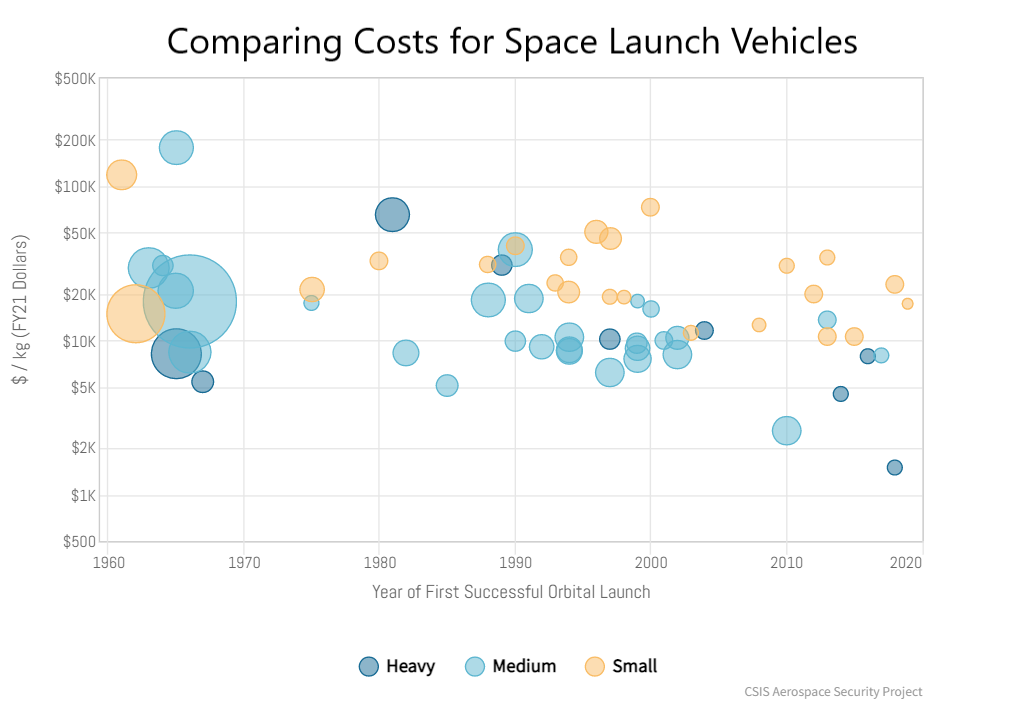Despite the sharp slide in biotech stocks during 2022, the industry is still poised for mega growth. Pandemic preparedness needs better vaccines and disease detection methods. An aging population needs new drugs and new ways to use them. Plus, new technologies like CRISPR have given scientists the tools they need to make this all happen. The biotech companies of today will give us the vaccines and medicines of tomorrow. Not every company will succeed but those that do will reap the profits of this growing market. Large-cap biotech stocks are especially good investments as they can make multiple plays instead of putting all their chips on a single bet. Small-cap biotech stocks were very volatile in 2022, with many start-up darlings losing large percentages. However, these three large-cap biotech stocks survived or went up in 2022 when most of the market went down by double digits.
With good cash flows and balance sheets, all three are well-positioned to maintain their growth for years to come. Strong fundamentals, a diversified revenue stream, and good avenues for growth mean any investor will want to buy and hold these stocks for a long time to come.
| DHR | Danaher | $256.29 |
| MRK | Merck | $109.52 |
| TMO | Thermo Fisher | $559.70 |
Danaher (DHR)

One of the top large-cap biotech stocks to consider is Danaher (NYSE:DHR). Danaher operates in a wide range of industries, including life sciences, diagnostics, and environmental solutions. They provide high-tech equipment, consumables, software, and services to laboratories worldwide. With well-known brands such as Beckman Coulter, Cytiva, and Pall, it would be hard to find a biology or chemistry lab in America that doesn’t use Danaher products.
The Danaher that we see today was built up by Larry Culp, who eventually came out of retirement to save General Electric. Since Culp left in 2014, his successors have continued Danaher’s strong growth. Its stock value has multiplied by 4 since 2014 and earnings remain strong.
Danaher’s secret to success has been its strong history of growth by acquisition. In 2022, the company acquired Cytiva, a life sciences technology business. This year it is reportedly considering an acquisition of Catalent (NYSE: CTLT), a contract development and manufacturing organization, which provides a range of services to the pharmaceutical industry. Purchases like these will let Danaher grow rapidly and open up new revenue streams.
In terms of financial performance, Danaher generated $8.4 billion in revenue and $2.2 billion in earnings in Q4 of 2022, resulting in a net profit margin of 26.7%. The company delivered strong revenue growth over the past year. Revenue increased year-over-year by 7%, though the dollar’s foreign exchange rate held it back. However, if other countries continue to raise interest rates as the US is doing, foreign exchange headwinds could lessen.
Merck (MRK)

For those looking to invest in our aging population, Merck (NYSE:MRK) is an ideal vehicle. As a leading global pharmaceutical company, Merck produces a wide range of healthcare products whose demand will continue to rise. Like Danaher, Merck beat earnings for the last four quarters and could well continue its streak.
One of the main drivers of Merck’s success is Keytruda, an anti-cancer antibody drug that has become one of the world’s leading cancer treatments. In Q4 of 2022, Merck generated $13.8 billion in sales, with $5.5 billion coming from Keytruda alone. The drug’s patent still has many years left, ensuring continued revenue streams from this product.
To add to its revenue, Merck is also running multiple clinical trials to test Keytruda in new cancer treatments. The company’s product pipeline is diverse, and it is investing heavily in research and development to bring new products to market. While there is an element of luck in clinical trials, Merck’s size allows it to play the averages. In this way, successes balance out failures to achieve continued growth. Keytruda will eventually come off patent, but when it does odds are Merck will have already found something even better to replace it with.
As the global population ages, cancer therapies will continue to grow as a market. Merck’s large suite of anti-cancer drugs, along with the continued success of Keytruda, gives it plenty of room to profit in this market. Additionally, the company’s investments in R&D help to ensure that it will stay ahead of its competitors and develops new treatments to address a variety of health issues.
Thermo Fisher (TMO)

It is said that in a gold rush, the best investment is selling shovels. Thermo Fisher (NYSE:TMO) is the shovel salesman of the biotech gold rush.
Thermo Fisher Scientific is the world’s largest supplier of laboratory equipment, ranging from small microcentrifuge tubes to expensive medical equipment. They reported Q4 2022 revenue of $11.5 billion and earnings of $1.6 billion, with 7% revenue growth year on year. Despite strong revenue growth, Thermo Fisher’s margins have decreased since 2021, which may raise concerns among some investors.
Thermo Fisher’s dominance in the lab equipment market means it can profit no matter who else grows in the biotech sector. Thermo Fisher saw a significant increase in revenue during the COVID-19 pandemic due to demand for COVID tests. But with the pandemic receding its earnings are no longer being buoyed by these tests. Nonetheless, the company continues to succeed by selling lab equipment, its core business. Thermo Fisher’s strong brand recognition helps it maintain its position as the leading supplier in the industry. The company’s vendors and salespeople are seen at almost every research university and conference in the nation. If you work in a lab, you already use Thermo Fisher.
While Thermo Fisher’s earnings lagged behind in recent quarters, the company’s strong revenue growth, dominant position in the lab equipment market, and continued investment in research and development make it an attractive investment opportunity for those looking to capitalize on the ongoing growth of the biotech sector.
Biotech, Healthcare
Growth Stocks



